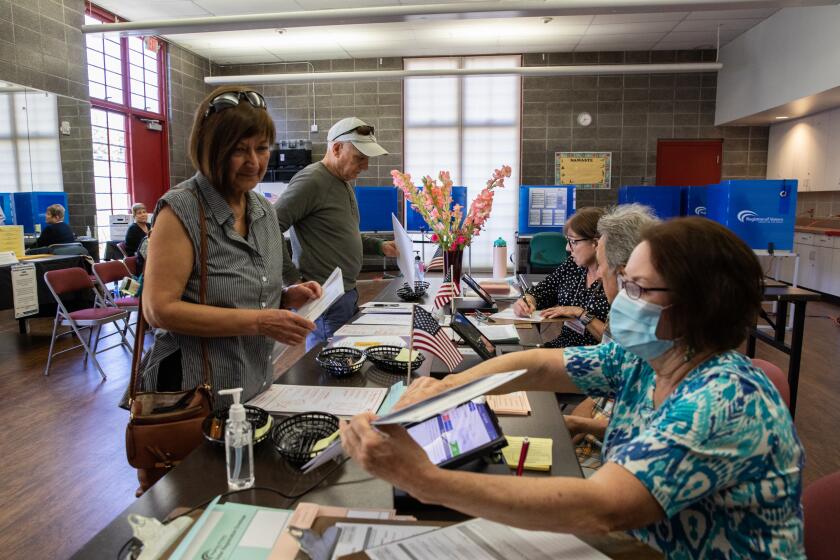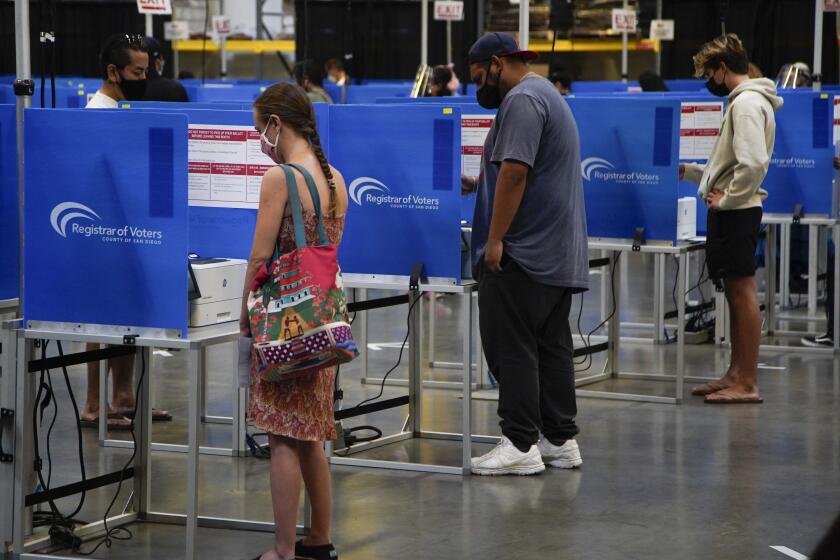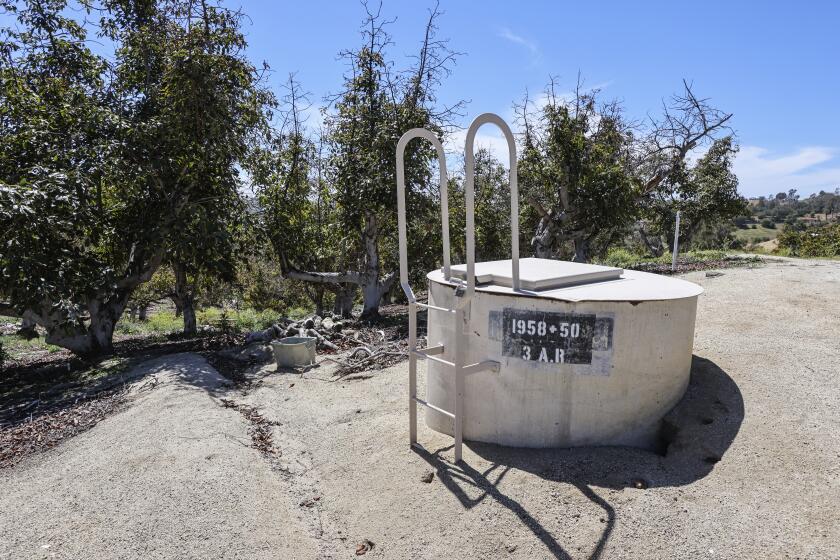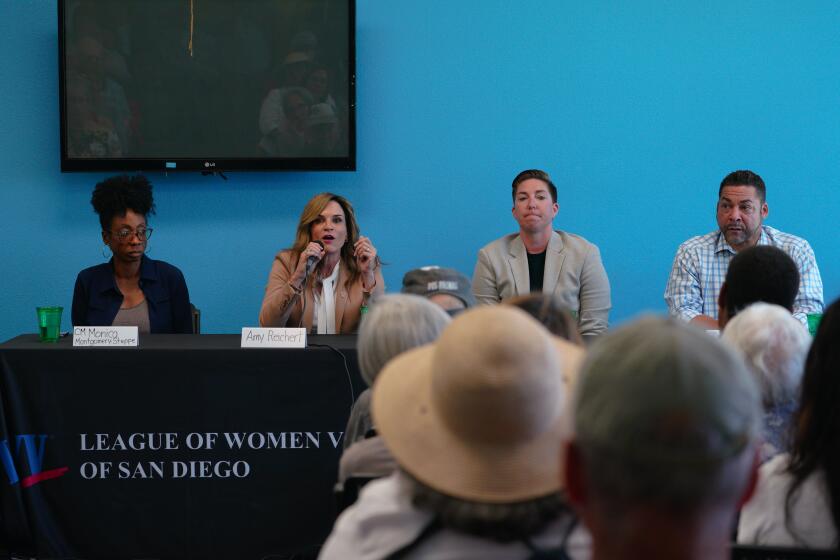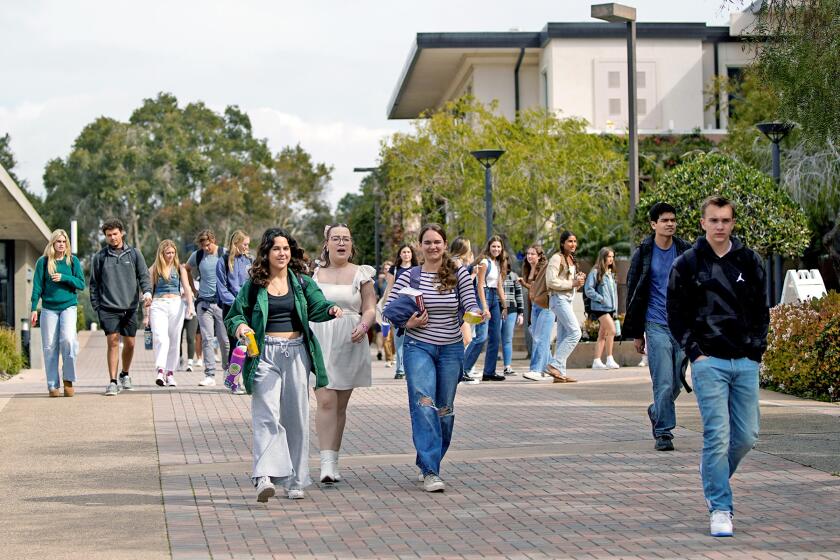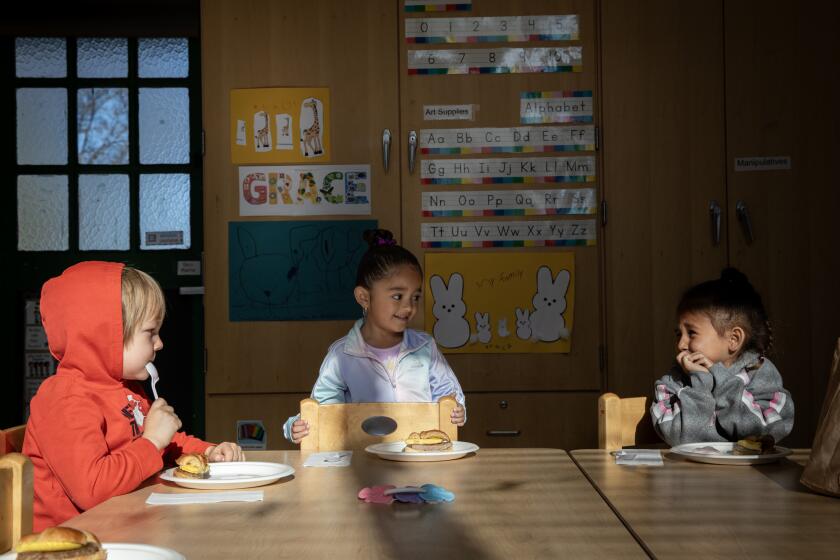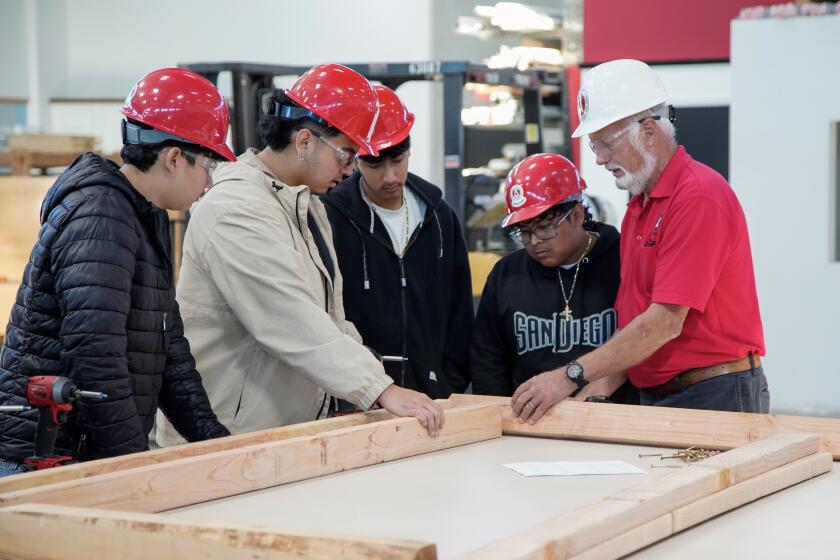New standards turn students into scientists
Students will act as scientists under a new set of science education guidelines that emphasize asking questions and solving problems, and the state is seeking input on how that will shape classroom instruction.
The draft framework for California schools outlines the ways that science education will change over the next few years, as the Next Generation Science Standards are rolled out through 2018. The framework is open for public comment until Aug. 29.
Eight California school districts and two charter schools have been testing the new science standards, and four of those are in San Diego. Vista Unified School District, San Diego Unified School District, Lakeside Union School District and High Tech High School are among the 10 organizations throughout the state that have tried the new practices already
The updated standards introduce a set of science practices and ideas that researchers employ in the field or laboratory, and moves away from the textbook science that has been the standard for K-12 classes.
“Science is more than a disconnected sequence of facts,” the framework states. “It requires understanding of the process of science, the fundamental ideas within each discipline of science, and certain underlying themes that are common to all the sciences.”
Gone are lists of science facts and “cookbook” lab experiments with step-by-step instructions. In their place are lessons intended to get students into the habit of observing, designing experiments and analyzing data.
“You would expect to see less students trying to do rote memorization: learning science facts and being asked to cite them back on an examination,” said John Spiegel, science coordinator for the San Diego County Office of Education “You would expect to see science students doing more hands-on inquiry, figuring things out, engaging in engineering projects. So there’s more of an overall focus on the doing of science, versus just knowing all about it.”
The standards focus on a trio of principles. Through “science and engineering practices” students will learn skills such as analyzing data, building models and using math. The “disciplinary core ideas” are fundamental topics such as energy and matter, wave function, and heredity and evolution. Students will also learn “crosscutting concepts,” including patterns, cause and effect, and structure and function.
In Vista Unified, 60 teachers tried out the new hands-on approach during the last school year, said Sue Ritchie, the district’s project director for the science standards. In one lesson, for instance, Vista kindergartners used rolling balls to learn about force and motion, she said.
“Our idea is to bundle things together in a way that kids can understand it,” said Kathy DiRanna, statewide director for the K-12 Alliance at WestEd, a federally funded education lab that provides research and technical assistance for math and science education.
For instance, when studying wind, students have traditionally learned about convection, she said. Now they would learn about density, air molecules, heat transfer, and how winds affect climate, weather and ecosystems.
That may mean merging disciplines that have typically been taught separately, the framework proposes. School curricula have typically offered earth science in sixth grade, life science in seventh and physical science in eighth. The framework’s preferred “integrated model” shakes that up by combining them in themed units for each grade level.
“You can’t do biology without considering the physics behind it and the geology supporting it,” said Su Scott, a former middle school science teacher who has worked with the County Office of Education and High Tech High North County to help write the new curricula. “So that was the thinking behind mixing the subjects, and looking at science issues rather than science subjects.”
Sixth-graders, for instance, would study units on organs and tissues, climate and weather, and asexual versus sexual reproduction, with elements of the different science disciplines included in each. Seventh-graders could learn about matter cycles and energy flows in rocks and living things, and about ecosystems and biodiversity. Eighth-graders would learn about motion, wave action and gravity, and expand on their study of biodiversity.
Interspersed in all those lessons would be content about how humans affect natural processes ranging from watersheds to weather.
The framework also offers a more traditional middle school model with curricula divided into standard disciplines.
For high school it offers a four-course option based on standard course in biology, chemistry, physics and Earth and space science, and a preferred three-course model that integrates Earth science into the three other disciplines. However, it stresses that the framework is meant to provide suggestions, “not dictate requirements.”
The framework is available to the public at www.cde.ca.gov/ci/sc, and comments can be submitted to scienceframework @cde.ca.gov.
deborah.brennan@
sduniontribune.com
(760) 529-4941
Get Essential San Diego, weekday mornings
Get top headlines from the Union-Tribune in your inbox weekday mornings, including top news, local, sports, business, entertainment and opinion.
You may occasionally receive promotional content from the San Diego Union-Tribune.

